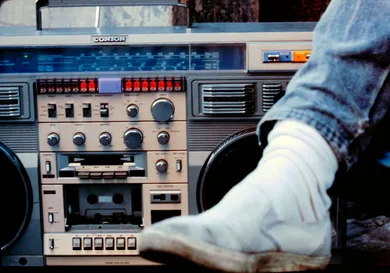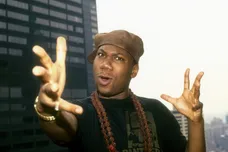One subgenre has steadily maintained its influence in the vibrant and ever-evolving hip-hop world: Boom Bap. Born from the gritty streets of New York City in the late 1980s and early 1990s, the style is defined by its distinctive sound palette. Named onomatopoeically for its hard-hitting drum sounds, "Boom" for the kick drum, and "Bap" for the snare, the old-school version of the genre has become synonymous with East Coast hip-hop's raw, authentic spirit.
The niche emerged as a response to the highly-produced, synth-heavy sound that dominated the hip-hop scene in the mid-'80s. Pioneers such as DJ Premier, Pete Rock, and KRS-One sought to strip hip-hop back to its roots. They focused on complex lyricism and stripped-down, sample-heavy beats. The result was a gritty, raw sound that has remained a cornerstone of hip-hop culture.
The Anatomy Of Boom Bap
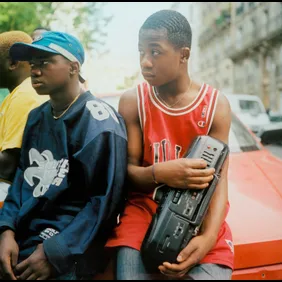
Its unique musical anatomy sets the style apart from other hip-hop subgenres. The beats in Boom Bap are typically slower-paced. This allows the listener to focus more on the lyrics and the rhythm of the emcee. Additionally, the drums are always front and center, with the "Boom" and "Bap" sounds providing a steady, rhythmic backbone to the track.
Equally crucial to the sound is the use of samples. Producers pull from various sources, but classic soul, funk, and jazz records are common staples. These samples are often chopped and recontextualized to create a fresh yet nostalgically familiar sonic landscape.
Golden Age Of Hip Hop
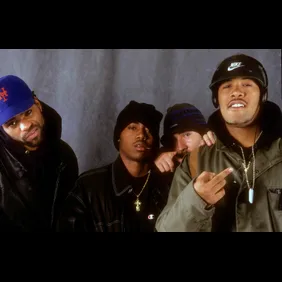
No discussion of Boom Bap could be complete without acknowledging its integral role in what many consider the Golden Era of hip-hop. From the late '80s to mid-'90s, artists like Nas, Gang Starr, and A Tribe Called Quest pushed the boundaries of lyrical content and delivery. This was done against the backdrop of BB-styled beats.
Boom Bap became a vehicle for artists to express complex narratives, social critiques, and personal stories. It significantly broadened the scope of hip-hop as a cultural and artistic medium. The raw authenticity of the sound also served to ground these narratives. It created an unfiltered connection between the artist and the listener.
Boom Bap In The Modern Era
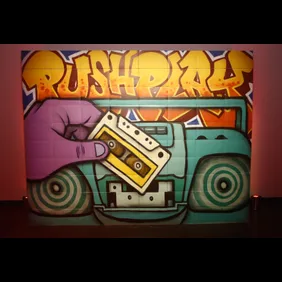
In the late '90s and 2000s, the mainstream hip-hop scene shifted from Boom Bap to more polished, commercially viable styles. However, Boom Bap never vanished. Instead, it found a home in the underground scene, where it thrives today. Modern artists like Joey Bada$$ and producers like Madlib have not only kept the tradition alive, but they have also injected it with fresh energy and perspective. They honor the subgenre's roots while pushing its boundaries, incorporating elements of trap, lo-fi, and other contemporary styles.
Conclusion: The Legacy & Future
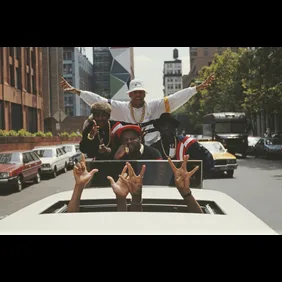
So, what is Boom Bap? It's more than just a hip-hop subgenre. It's a testament to the enduring power of authenticity in music. Its gritty beats and lyrical depth are also a bold counterpoint to commercialized trends, serving as a reminder of hip-hop's roots in the streets of New York City. As we look toward the future of hip-hop, the spirit of the sound continues to resonate. Artists worldwide draw inspiration from its raw energy and authenticity, ensuring that Boom Bap continues influencing hip-hop's evolution.
